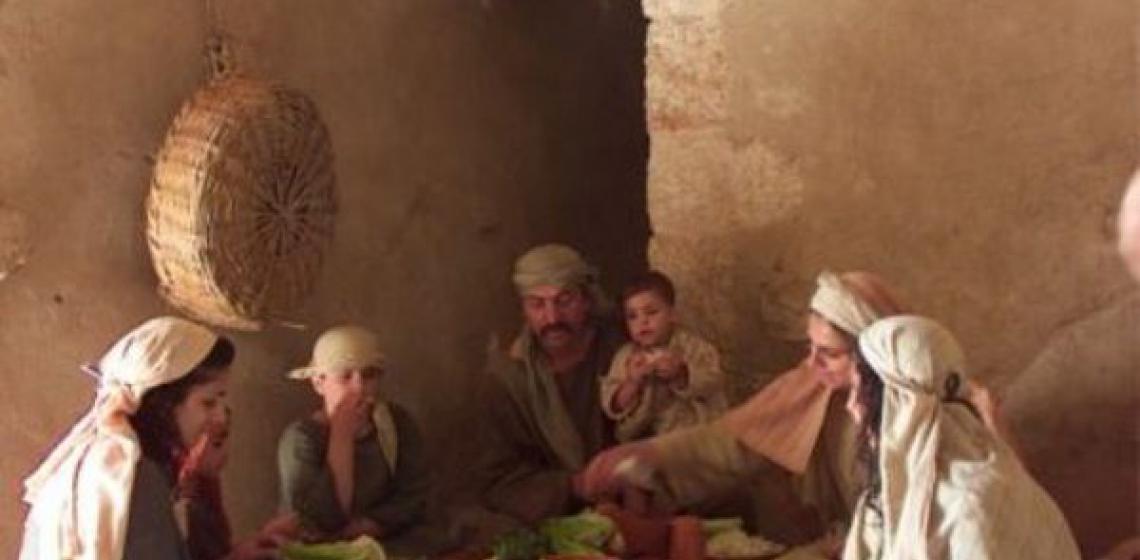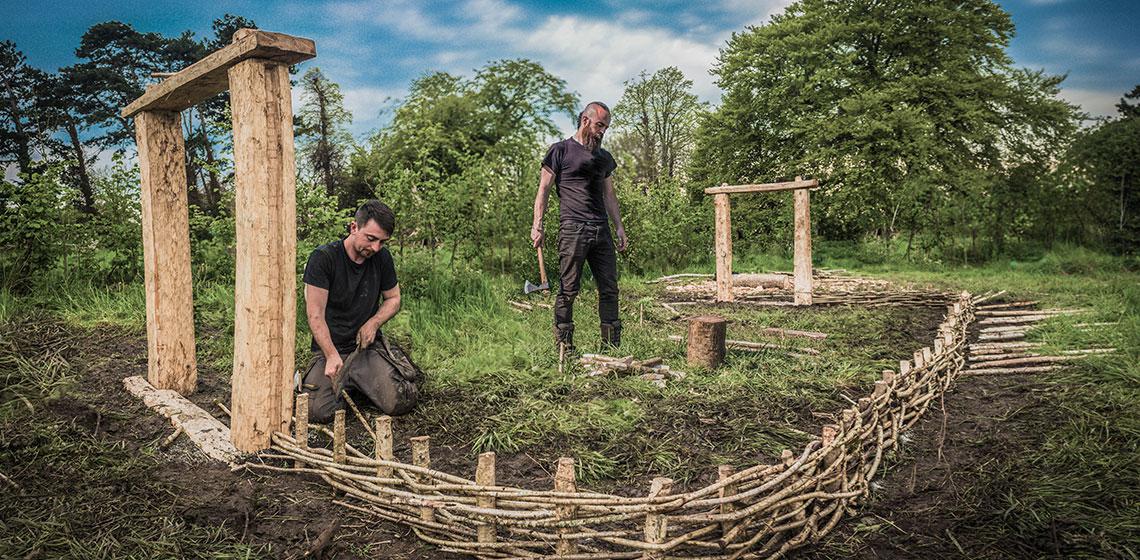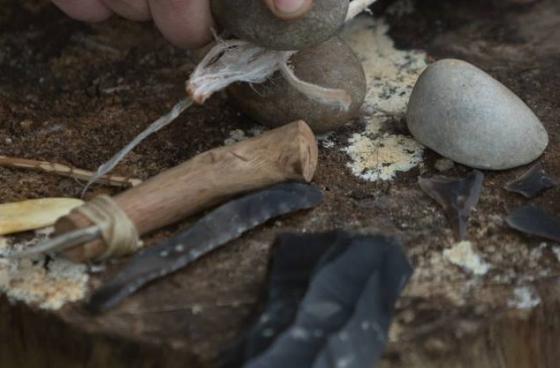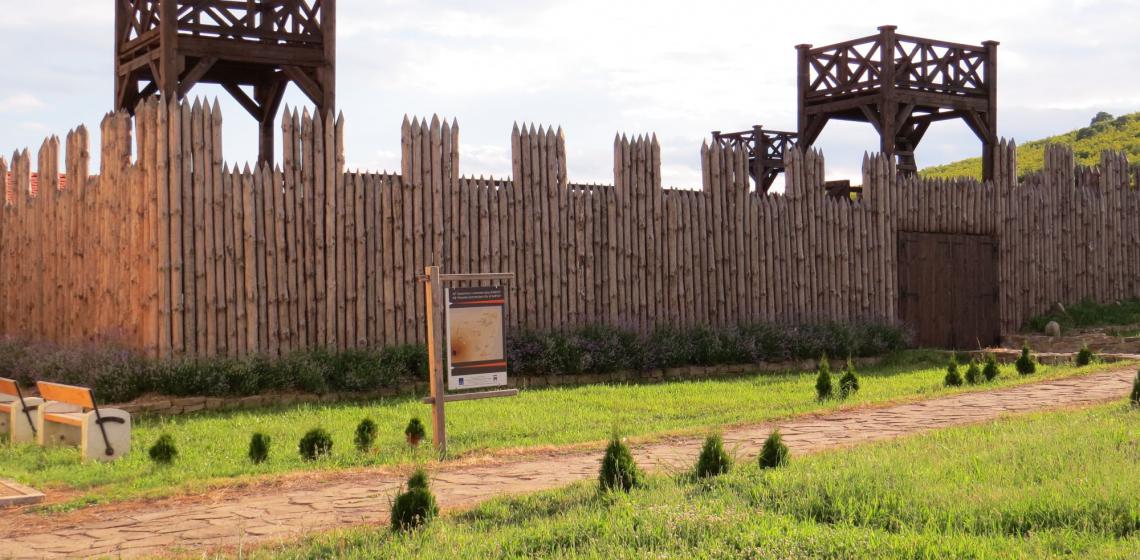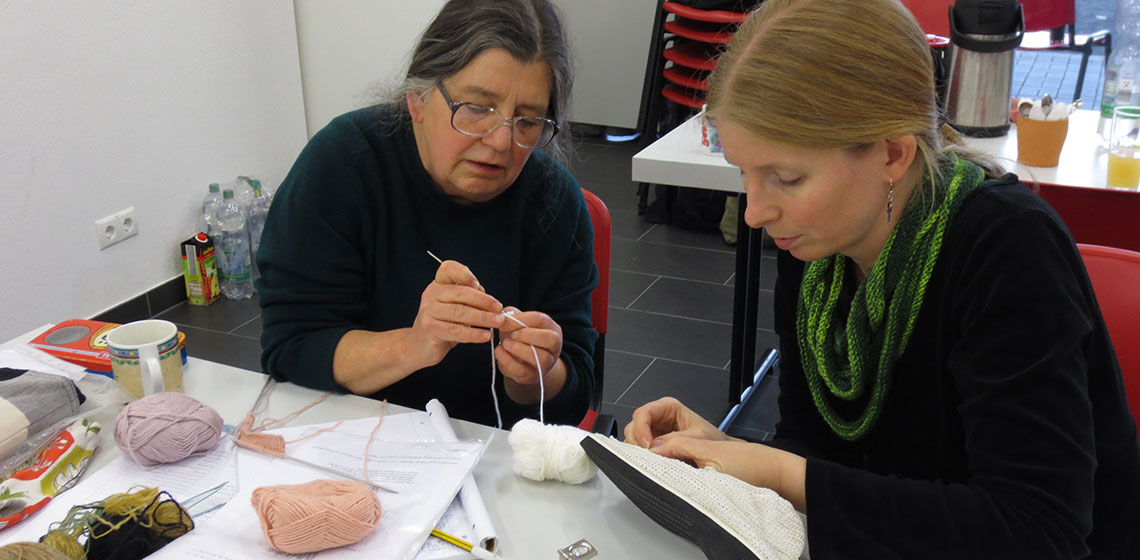Iron Age
Nazareth Village (IL)
Nazareth Village is an archaeological open-air museum that shows farm life in the Galilee like it could have been in the first century AD. The reconstruction chronology is as follows.
Phase I: Archaeology:
Beginning in 1997, Nazareth Village commissioned several archaeological excavations of agricultural installations – a wine press, watchtowers, terraces, and quarries – discovered on a hillside less than 500 meters from the original site of Nazareth. These installations were established as dating from the Early Roman Period, making the site itself an historical treasure, preserving invaluable links with the farming and building traditions of First Century Nazareth.
UCD Centre for Experimental Archaeology and Material Culture (IE)
The Centre for Experimental Archaeology and Material Culture (CEAMC) at University College Dublin, Ireland, established since 2012, is one of the only specifically designed and dedicated, on-campus university facilities in the world for experimental archaeology and material culture studies. It supports research projects, innovative teaching, and public outreach activities, so as to enable the creation of a better understanding of the nature and role of crafts, technologies and materiality in people’s lives in the past.
El Castro de Henaio (ES)
The Interpretation Centre of Castro de Henaio is located on a hill near Alegria-Dulantzi with a Bronze Age - Iron Age settlement between 1000 BC and 200 AD. It contains two life-size (re)constructed houses with a diameter of six metres and 4.5 meters high...
The Interpretation Centre of Castro de Henaio is located on a hill near Alegria-Dulantzi with a Bronze Age - Iron Age settlement between 1000 BC and 200 AD. It contains two life-size (re)constructed houses with a diameter of six metres and 4.5 meters high.
History@Work Weekend
Saturday & Sunday 10am - 4pm
Prices: Adults £5.00, Children £2.50, Under 4's free - Tickets available on the gate on the day.
Thracian and Ancient Town Kabyle (BG)
Archaeological open-air museum “Thracian and Ancient town Kabyle” present one of the most important towns from the Hellenistic and Roman period in Thrace. The first settlement appeared in 2nd mil. BC and gradually become one of the significant towns in Thrace world...
Archaeological open-air museum “Thracian and Ancient town Kabyle” present one of the most important towns from the Hellenistic and Roman period in Thrace. The first settlement appeared in 2nd mil. BC and gradually become one of the significant towns in Thrace world...
The Archaeological Open-Air Site of the Museum of Prehistory MAMUZ and Its Cultural Touristic Development
Conference Review: European Textile Forum 2015
Glow of iron
The International Iron Working Festival – Iron Smelting Days 2016 will occur in Stara Fužina, the village near the Lake Bohinj. The owner of the castle was the Zois family that had the whole iron facilities in Bohinj and other places from the years 1740 – 1869. The program of Iron Working Festival will show practical smelting the bloom to billet or bar, using domestic ore, charcoal and clay.
Material Culture Studies, Leiden University (NL)
Leiden University (founded in 1575) is one of Europe's leading international research-intensive universities. This prominent position gives our graduates an advantage when applying for positions both within and outside the academic world.


